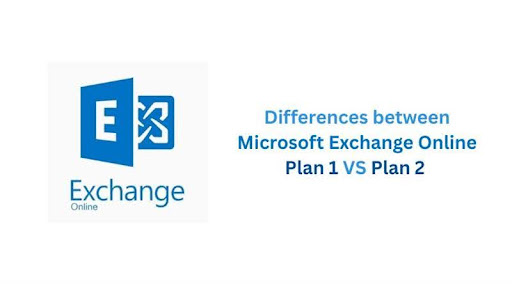In recent years, the education industry has witnessed a transformative wave with the integration of process automation. As technology continues to evolve, educational institutions are recognizing the need to streamline their operations, enhance efficiency, and provide a more personalized learning experience. This article explores the various ways in which process automation is revolutionizing the education sector, paving the way for a more effective and student-centric approach.
Administrative Efficiency:
One of the primary areas where process automation makes a significant impact is in administrative tasks. Educational institutions, from K-12 schools to universities, handle a plethora of administrative processes, including admissions, enrollment, scheduling, and grading. Automation of these tasks not only reduces the burden on administrative staff but also minimizes errors and enhances overall efficiency. For instance, student enrollment processes can be automated, enabling students to register online, submit required documents, and receive instant confirmation. This not only saves time for both students and administrative staff but also minimizes errors associated with manual data entry.
Automated admission systems, for example, can streamline the application process, making it faster and more accurate. This not only benefits the institutions but also provides a more seamless experience for prospective students and their families. In addition, automating enrollment processes helps in managing student records more efficiently, ensuring that accurate information is easily accessible when needed.
Personalized Learning Paths:
Process automation in education allows for the implementation of personalized learning paths for students. By leveraging data analytics and machine learning algorithms, educational institutions can analyze individual student performance, identify strengths and weaknesses, and tailor learning materials accordingly. This personalized approach enables students to progress at their own pace, fostering a more effective and engaging learning experience.
Adaptive learning platforms, powered by automation, can adjust the difficulty level of assignments, quizzes, and coursework based on each student’s performance. This not only caters to different learning styles but also ensures that students receive the support they need to succeed. Ultimately, personalized learning paths contribute to improved academic outcomes and a more positive learning environment.
Enhanced Communication and Collaboration:
Process automation plays a crucial role in improving communication and collaboration within educational institutions. Automated communication systems can streamline interactions between teachers, students, and parents, ensuring that important information is conveyed in a timely manner. This includes automated notifications for events, deadlines, and academic updates.
Moreover, automation facilitates collaborative efforts among students and educators. Virtual learning environments and collaborative platforms can automate the distribution of assignments, enable real-time feedback, and promote teamwork. This not only prepares students for the collaborative nature of the modern workforce but also enhances the overall educational experience.
Resource Allocation and Budgeting:
Efficient resource allocation is essential for the smooth functioning of educational institutions. Process automation aids in optimizing resource utilization by providing insights into budgeting, expenditures, and forecasting. Automated systems can track and analyze financial data, allowing institutions to make informed decisions about resource allocation and cost-saving measures.
Additionally, automation can streamline procurement processes, reducing the time and effort required to acquire necessary resources such as textbooks, technology, and classroom supplies. This ensures that educational institutions operate within budget constraints while maintaining the quality of education provided.
Data-Driven Decision-Making
In the data-driven era, educational institutions can benefit significantly from the insights derived through automation. Automated data collection and analysis tools can process vast amounts of information, offering valuable insights into student performance, attendance patterns, and learning trends.
These insights empower educators and administrators to make informed decisions that enhance the overall educational experience. For example, data analytics can identify areas where curriculum improvements are needed or highlight successful teaching strategies that can be replicated.
Data Security and Privacy:
With the increasing digitization of educational records and the adoption of online learning platforms, data security and privacy have become paramount concerns. Process automation helps in implementing robust security measures to safeguard sensitive student and institutional data. Automated systems can monitor and control access to information, detect and respond to security threats, and ensure compliance with data protection regulations.
Compliance with regulations and the security of student and institutional data are paramount concerns in the education sector. Process automation helps institutions adhere to regulatory requirements by automating compliance checks and reporting.
Moreover, automation can enhance cybersecurity measures by implementing robust authentication processes, encrypting sensitive data, and monitoring for potential security threats. This not only safeguards the institution’s reputation but also ensures the privacy and safety of students and staff.
Conclusion:
In conclusion, process automation solution is revolutionizing the education industry by enhancing administrative efficiency, personalizing learning paths, improving communication and collaboration, optimizing resource allocation, and ensuring data security and privacy. As educational institutions continue to embrace technological advancements, the integration of automation will play a pivotal role in shaping the future of education, providing a more effective and student-centric learning experience. The journey towards a fully automated education ecosystem is underway, promising a brighter and more efficient future for learners and educators alike.











